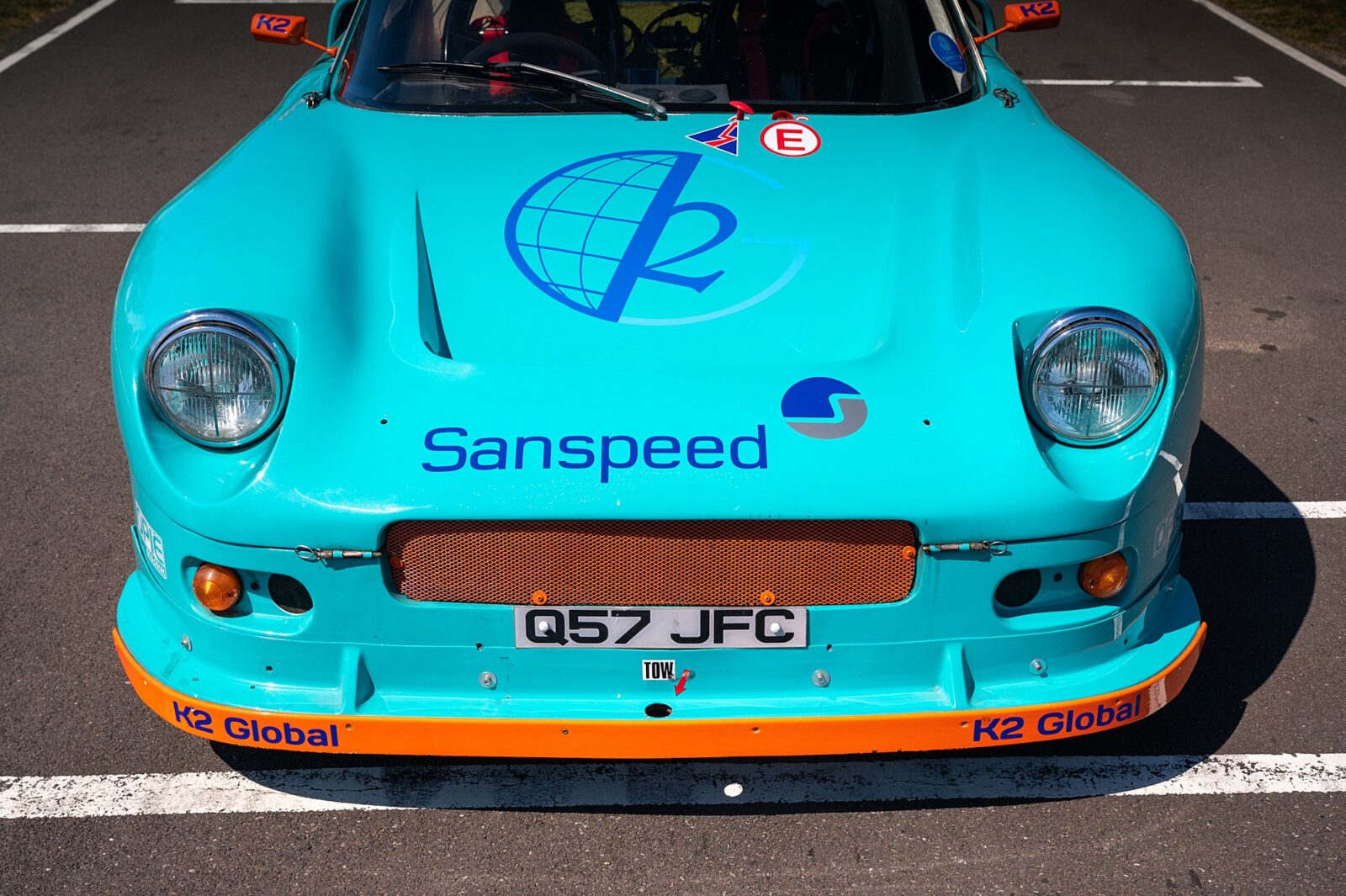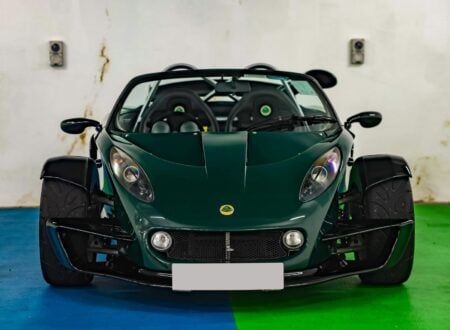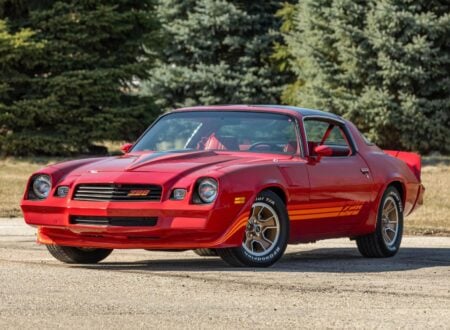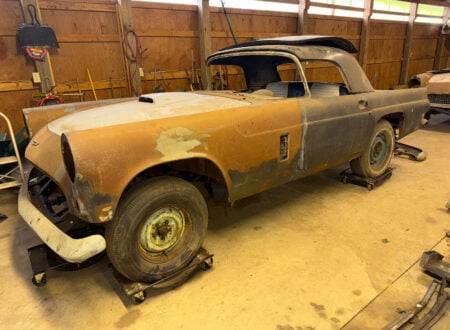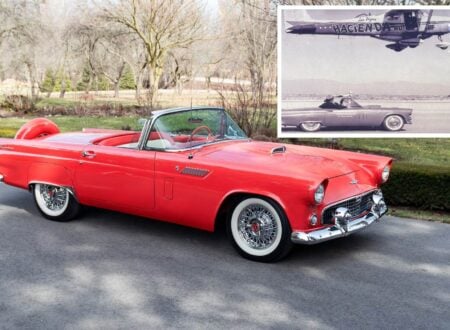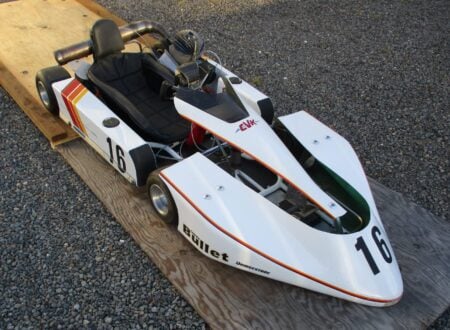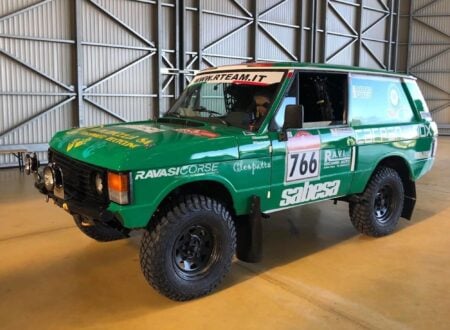The Darrian T90 is a car that’s not particularly well-known outside of British motor racing circles, though this seems a shame given the extraordinary David vs Goliath achievements enjoyed by the unusual performance car.
Darrian Cars originally started out as Davrian Developments all the way back in 1965. The company had been founded by structural engineer Adrian Evans in London to build racing cars using the then-new Hillman Imp as a starting point.
The Imp had been conceived as a competitor for the wildly popular Mini, although the Hillman never achieved the sales success of its front wheel drive rival it did enjoy some remarkable racing successes, and it has an enthusiastic cult following to this day.
Whereas the Mini had a front engined, front wheel drive layout the Imp went the other way, with a rear engined rear wheel drive layout. Interestingly it would be the first mass-produced British car with an engine featuring an aluminum head and block. Thanks in part to the Imp’s all independent suspension it became a popular sight on race tracks around the UK, often battling the Mini to the checkered flag.
Davrian founder Adrian Evans had quickly realized that with its lightweight 998cc alloy engine, independent suspension, and affordable price tag the Imp would make an excellent starting point for a more seriously engineered racing car to compete in sub-1000cc classes.
Evans developed a lightweight, aerodynamic fiberglass body for the new car and fitted the suspension, engine, and transmission from the Imp. He sold them in kit form from the mid-1960s into the early 1980s through model iterations from the Mk 1 to the Mk 8.
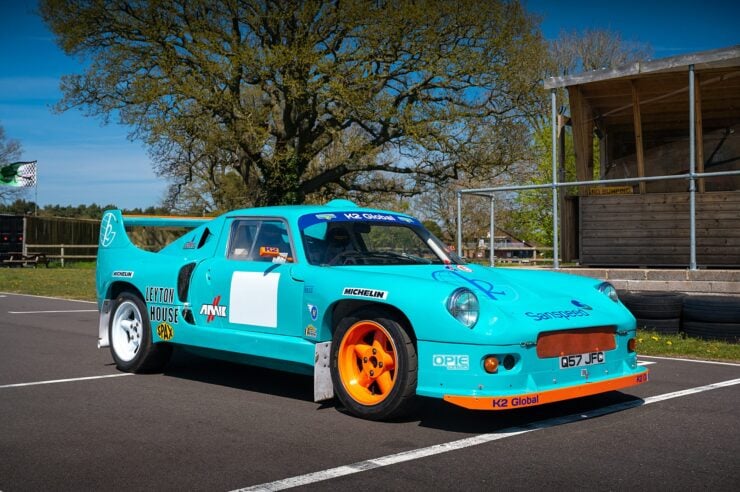
Above Image: The Darrian T90 prototype still carries its original Leyton House Motorsport racing livery.
After this time the company would change hands twice, eventually becoming Darrian Cars now headed by Tim Duffee, a long time employee turned company owner who has managed the extraordinary feat of keeping Darrian cars in production to the modern day.
From The Imp To A Formula 1 Wind Tunnel
One of the most significant moments in the history of Darrian was when in the early 1990s Robin Herd, founder of March Engineering which was one of the largest producers of racing cars in the world, took an interest in the company and bought two of their cars. He worked with Darrian and utilized the March Formula 1 wind tunnel to fine tune the aerodynamics of the Darrian T90 – a newly designed car with a mid-mounted engine and significant upgrades throughout.
The car you see here is the first T90 built as a result of this non-official partnership between Robin Herd of the March F1 Team and Tim Duffee of Darrian Cars. The T90 would prove to be the company’s most successful design to date, with a slew of race and championship wins under its belt encompassing hill climbs, rally, and tarmac racing perhaps most notably by winning the 1996 British GT Championship.
This 1989 Ex-Robin Herd Darrian T90 Prototype is now for sale through Collecting Cars. Unlike many prototypes it wasn’t left under a dust cover in a quiet warehouse or scrapped after development finished, rather it was sent out racing.
Over the course of its competition career (so far), Martin Sanson has won numerous rallies in the car, following on from the wins notched up by Robin Herd in 1990 at the Valvechatters and Rushmoor stages.
The car today remains in excellent condition throughout and it still carries its historic Leyton House Motorsport colour scheme that was used in Formula 1 and a number of other motorsport disciplines.
If you’d like to read more about the car or register to bid you can click here to visit the listing, at the time of writing there are 4 days left to get a bid in and the car is located in Bournemouth in England.
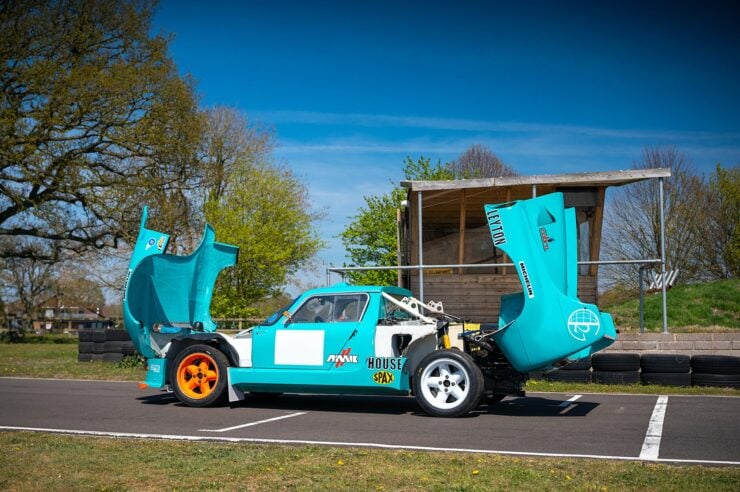
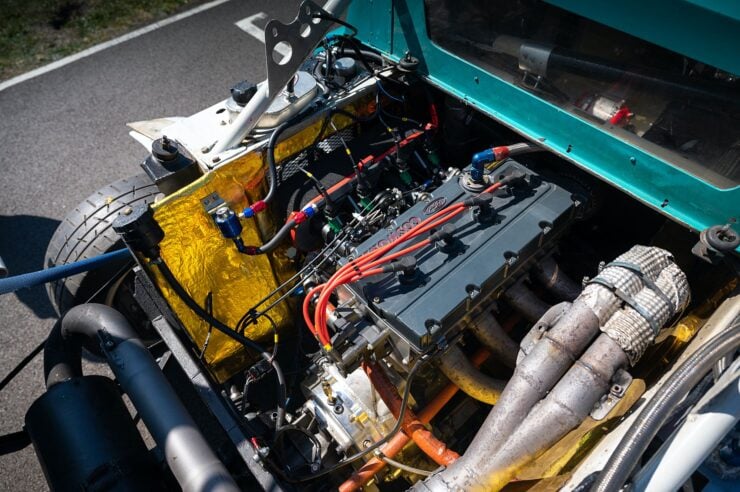
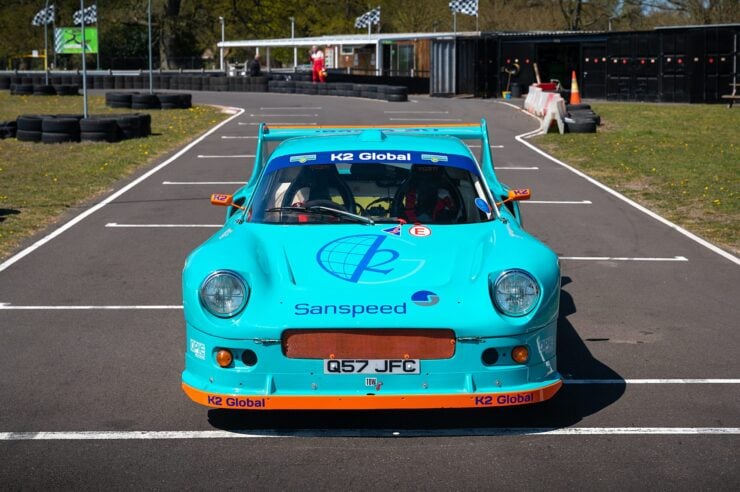
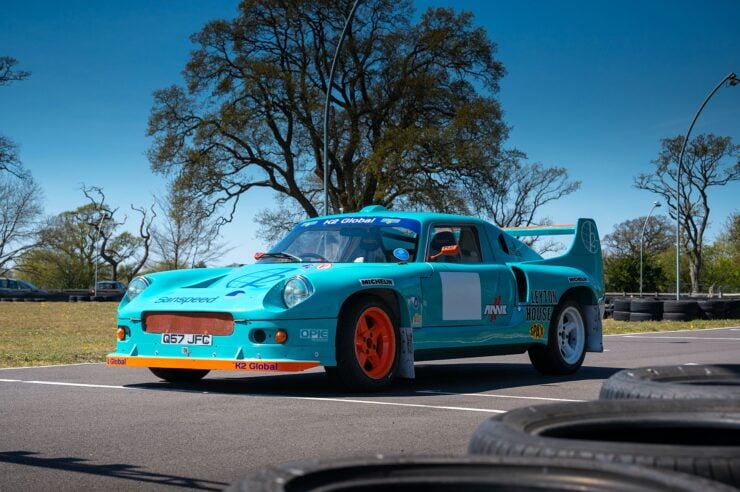
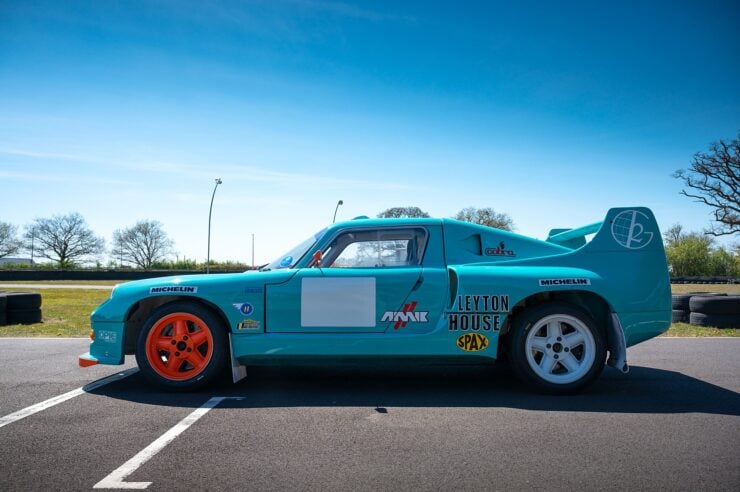
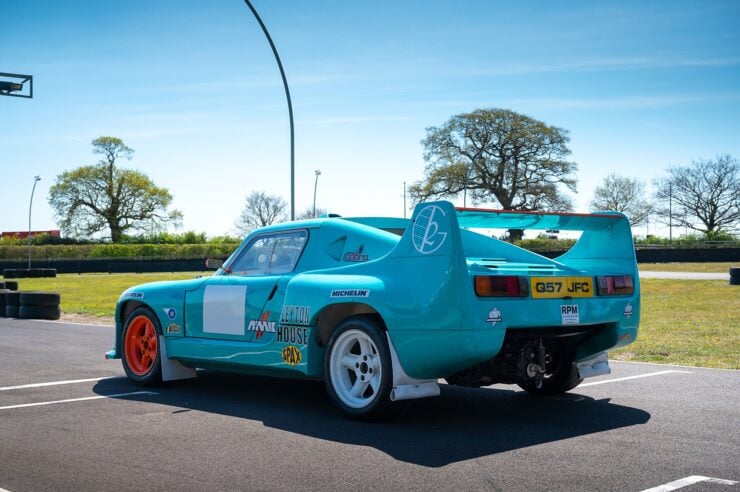
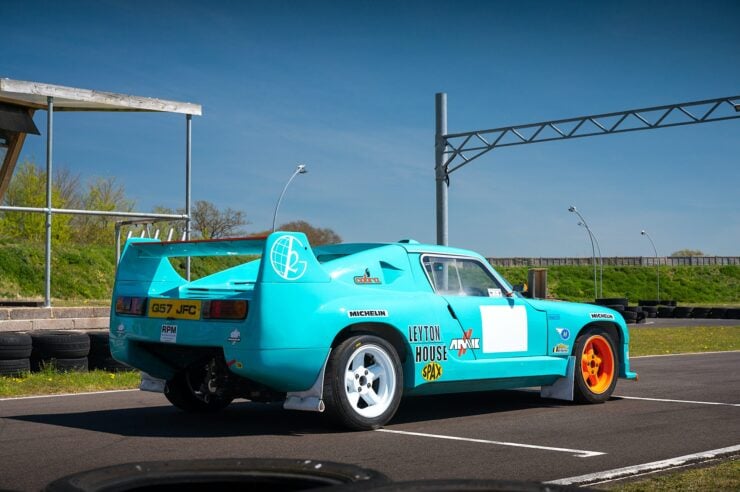
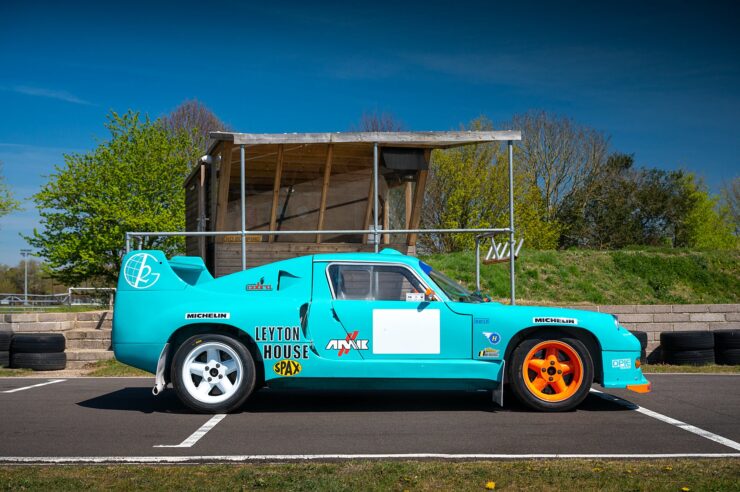
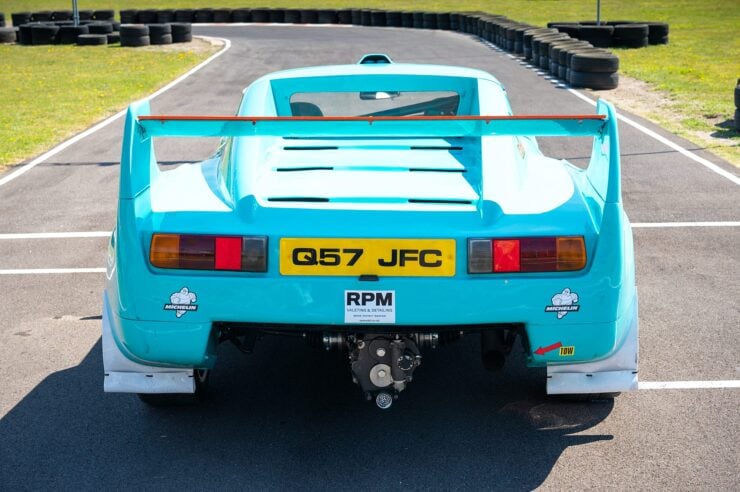
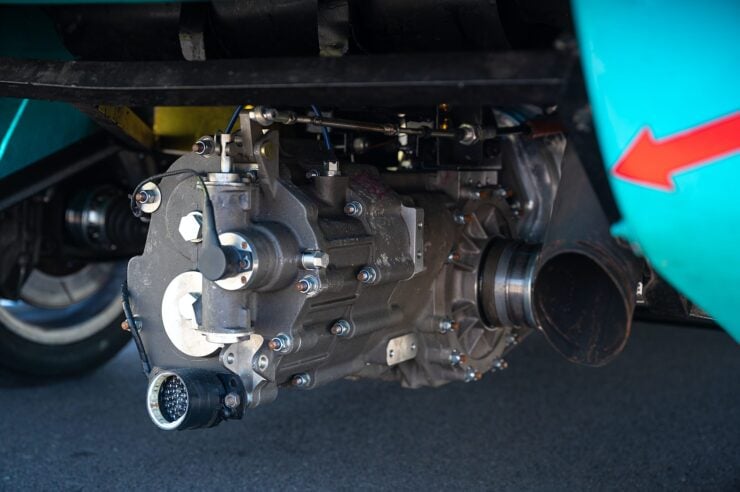
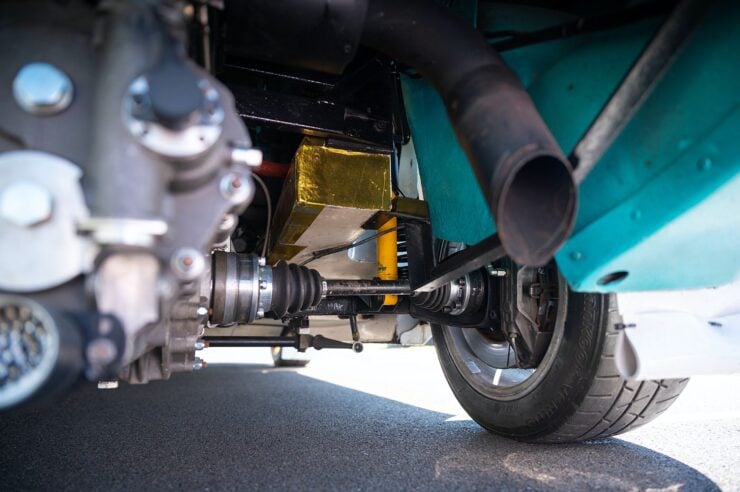
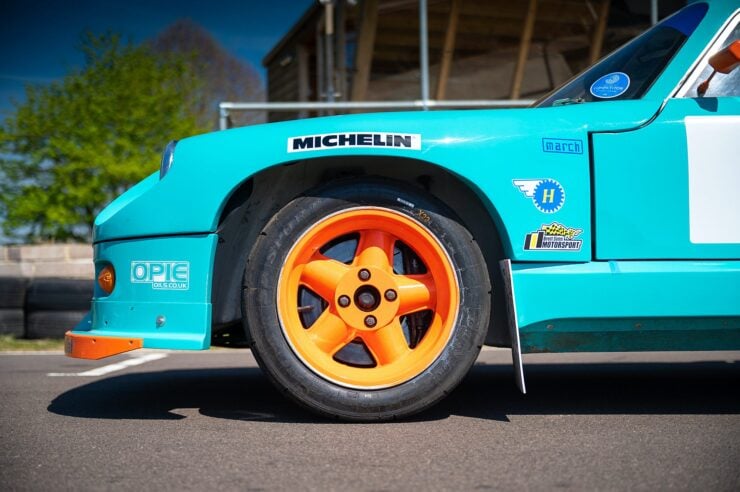
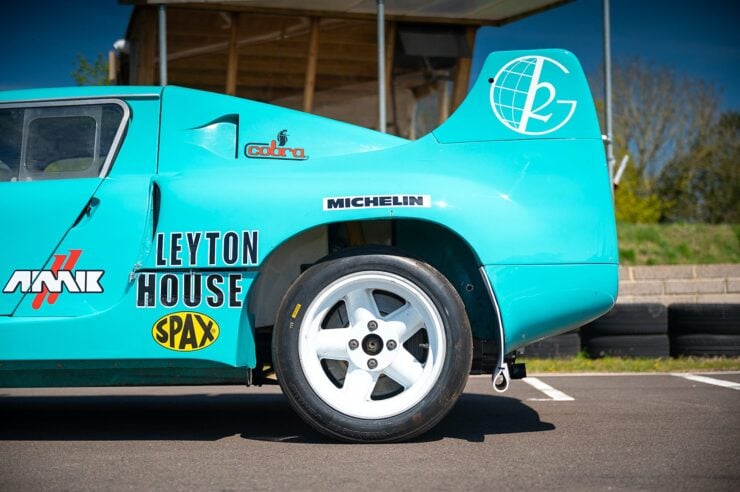
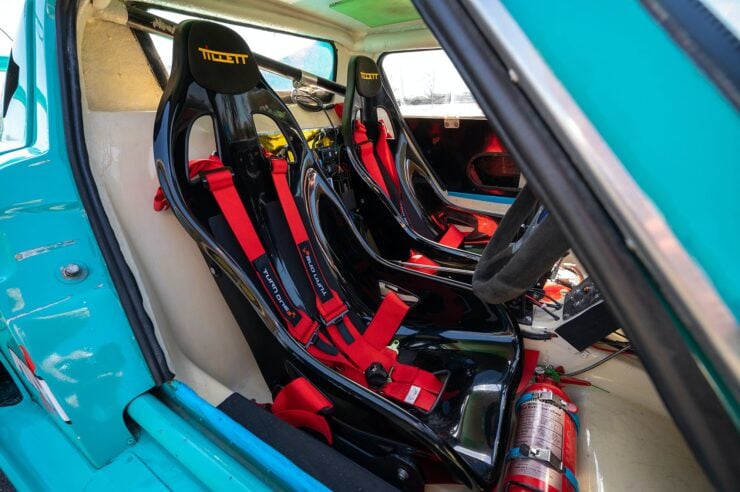
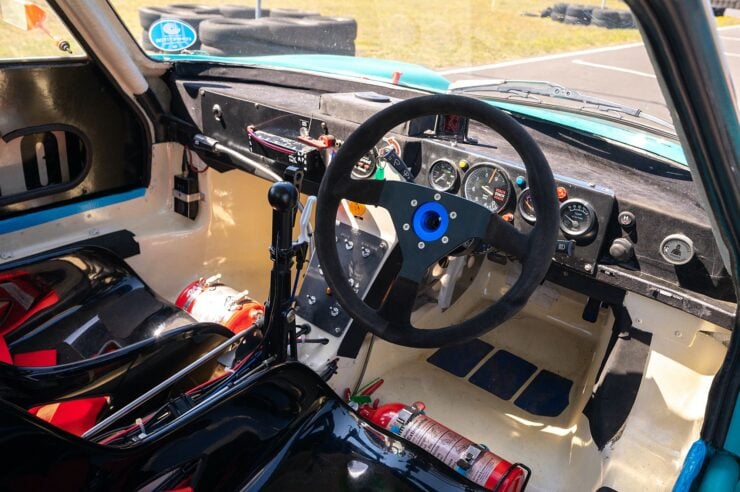
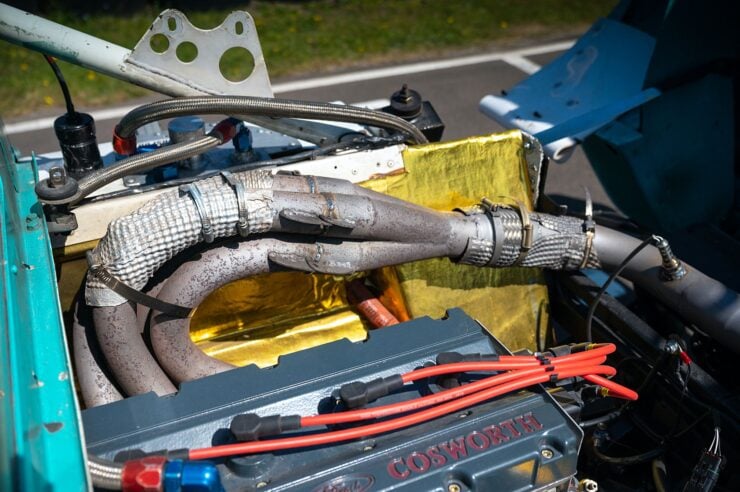
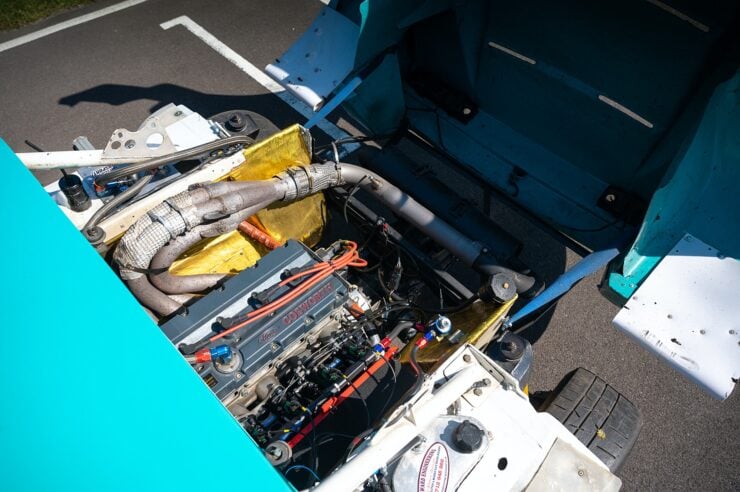
Images courtesy of Collecting Cars

Articles that Ben has written have been covered on CNN, Popular Mechanics, Smithsonian Magazine, Road & Track Magazine, the official Pinterest blog, the official eBay Motors blog, BuzzFeed, Autoweek Magazine, Wired Magazine, Autoblog, Gear Patrol, Jalopnik, The Verge, and many more.
Silodrome was founded by Ben back in 2010, in the years since the site has grown to become a world leader in the alternative and vintage motoring sector, with well over a million monthly readers from around the world and many hundreds of thousands of followers on social media.

